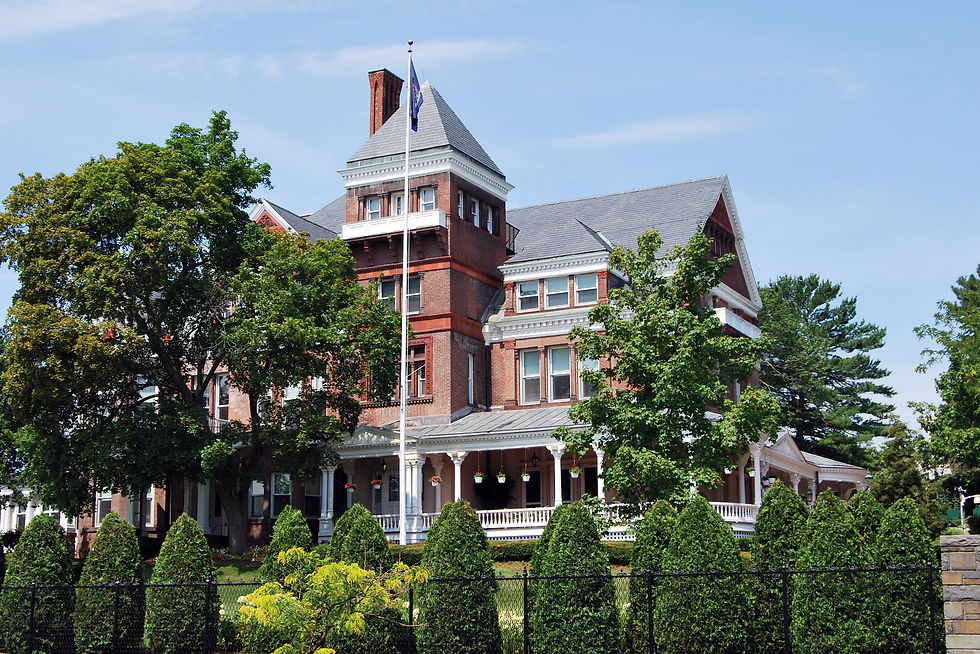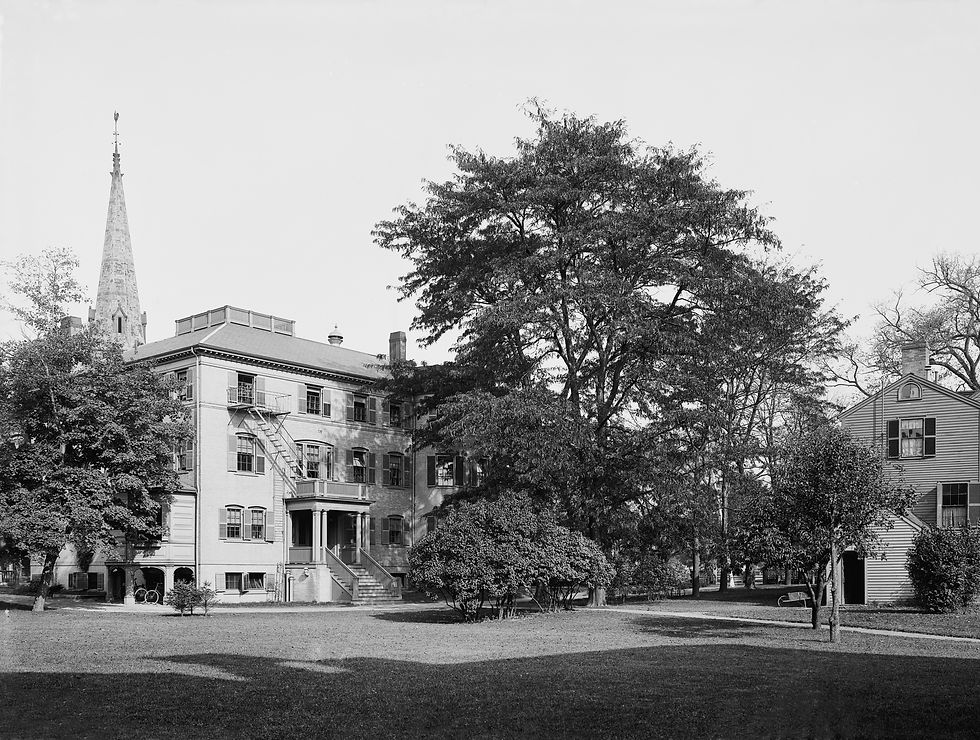Retrofitting Sustainability Into Existing Buildings
- Jeff Kronenfeld
- Jun 13, 2019
- 4 min read
When thinking of pollution, we may picture a crowded freeway or the billowing exhaust cloud of a factory, but commercial and residential buildings account for almost 40 percent of national carbon dioxide (CO2) emissions, more than either the transportation or industrial sectors, according to the U.S. Department of Energy. They also account for 14 percent of potable water use, or nearly 15 trillion gallons per year, according to the U.S. Geological Survey. To put this in perspective, that’s enough water to fill Tempe Town Lake 15,353 times. While the list of such startling statistics goes on, the primary take away is that to reduce resource use and pollution significantly, we need to address the buildings we live and work in.
While new technologies have enabled the construction of some truly incredible systems, everything from buildings that produce as much energy as they use to those capable of purifying and using wastewater, the most significant gains won't come from glitzy new construction projects, but rather, from upgrading existing ones.
In this two-part article series, we’ll first examine why existing buildings should be upgraded and look at some of the unique challenges such projects — some of which have additional restrictions due to their status as historical buildings — can pose. In the second part, running in the next issue, we’ll look at some of the projects putting these concepts into action in Arizona.

LEED Gold certified U.S. Treasury Building in Washington D.C. and built in 1842.
Photo credit: Wikimedia
Before upgrading a building, it's essential to determine if such a project is worth the time, money, and effort. Since existing buildings don’t involve clearing natural areas, are more walkable, and are usually already linked to transportation networks, they typically have a leg up over new construction when it comes to evaluating their carbon footprint. These factors, combined with their embedded cultural and economic value, will usually justify the expense and inconvenience of a thorough upgrade.
“The way that buildings connect people to the place that they are is one of the key reasons we see the renovation and preservation of historic buildings as such a priority,” explained Brendan Owens, a vice-president for the U.S. Green Building Council, which oversees the most popular environmental building standard currently in use, called Leadership in Energy and Environmental Design (LEED).
Having decided an upgrade is worthwhile, next comes the challenge in evaluating and implementing how to best retrofit a building. There are many methods, everything from running a pressure test to find leaks to going through a LEED checklist —whether or not one gets the certification — to just tackling the lowest hanging fruit such as increasing natural lighting or improving insulation. Since electric lighting represents six percent of total U.S. energy consumption, according to the U.S. Energy Information Administration, increasing natural light yields significant savings for both the environment and bank accounts.

LEED Gold certified New York State Executive Mansion, Albany, NY and built in in 1856.
Photo credit: Wikimedia
"Old buildings are generally fairly leaky, and so the conditioned air inside tends to migrate outside of the building, and your systems are working harder or you're using more energy," explained Michael Munzing, owner/principal for Munzing Structural Engineering based out of Portland, Oregon. “A lot of times these types of upgrades are part of a much larger renovation. For instance, an old historic unreinforced masonry building, in order to bring it up to current codes and make it safe in the event of an earthquake, they'll end up gutting the whole thing. That's usually when they'll bring all of the existing systems and everything up to code.”
Of course, retrofitting historic buildings poses unique challenges. Certain architectural features must be preserved, and often a designer or builder can’t impact things such as site orientation or the thickness of certain walls. However, through clever engineering, other solutions can be implemented. Radiant heating systems can make a building more efficient with little or no visual impact, or a solar panel can be hidden on the part of the roof visible only to passing birds.
While sealing leaks with expanding foam, adding insulation or upgrading windows might not be the sexiest subjects, when added together, such changes have a significant impact on the environment. Also, such improvements increase a building’s value while reducing operating costs. An LED bulb may require more cost upfront, but it saves money and energy in the long run. As any builder knows, cutting corners to save time usually ends up costing more in the long run.
In many ways, green building isn’t so much about innovation as it is a return to time-honored principles.

The oldest LEED certified building in the U.S., the Fay House in Cambridge, MA and built in 1807.
Photo credit: Wikimedia
To read other articles in this issue, you are invited to purchase the digital issue here.
This article originally appeared in the Arizona Contractor & Community magazine, May/June 2019 issue, Vol. 8, No.3. The Arizona Contractor & Community magazine is a bi-monthly publication.







Comments